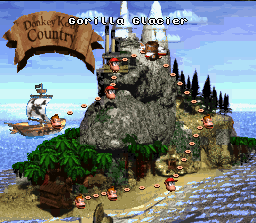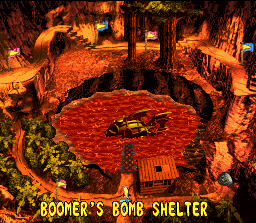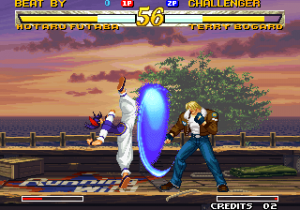
HARDCORE GAMING 101 DONKEY KONG COUNTR INSTALL
Indeed, it was the Wii’s own popularity, its massive install base, and the comparatively casual attitudes of those who owned it that caused its predecessor to stumble so greatly. ) reflected Nintendo’s turn toward the increasingly great numbers of casual gamers, their casual connection. The rest, a collection of Mario -related titles and some variation on the “Wii” delineation of products (e.g. Brawl, was what any observer could call a “core gamer” experience. Of the top ten best-selling Wii games, only one, Super Smash Bros.

While this was most evident in how the Wii eschewed HD graphics and traditional controller inputs for SD, motion-enhanced gameplay, it’s also evident in the sorts of titles that were heavily marketed by Nintendo and sold well on the console.

Indeed, when balancing their game design decisions, Nintendo often opted toward pleasing the casual crowd over making decisions satisfying to hardcore gamers. However, cases like the Virtual Console, where Nintendo’s decisions pleased both casual and hardcore fans, were few and far between during the Wii era. 3 without having to shell out the cash for an older system and their increasingly expensive games. Virtual Console offered a means for gamers to play hit classics like Chrono Trigger and Super Mario Bros. While it might seem blasé, in the world of “free” illegally-downloaded ROMs and increasingly indistinguishably complex emulation, it was a revolutionary–pun intended–way to legally play copies of Nintendo’s older games on modern hardware. First announced at E3 2005, Virtual Console gave every Wii owner, from the most hardcore gamer to the childhood gamer and even non-gamers, the opportunity to experience games from NES, SNES, Nintendo 64, and even third-party platforms powered at least part of the Wii’s success. One of the few bridges between these two audiences was the Virtual Console. ‘Xenoblade Chronicles’ is a supreme example of the Wii’s niche library.
HARDCORE GAMING 101 DONKEY KONG COUNTR SERIES
Still, some others dove headfirst into ever hardcore experience that the Wii had to offer from the M-rated No More Heroes series (produced by the eccentric Suda51 and soon to make a return on Switch) to cult classics like Little King’s Story, the A Boy and His Blob remake, and Muramasa: The Demon Blade. Some Wii purchasers never got past the initial experience of Wii Sports or, possibly, Wii Play, and others belonged to families who vacuumed up motion-control-enhanced shovelware, such as Carnival Games, or simplified motion-enhanced Nintendo titles like Mario Kart Wii. It was two different consoles for two vastly different audiences, oftentimes choosing to please the casual audience while, occasionally, throwing a proverbial bone to its hardcore backers. This contradiction is an endemic part of what made the Wii the Wii. While, at first, the Wii was more of a cultural phenomenon than a traditional game console, as it matured, it developed into something a system that, as Kotaku’s Steven Totilo put it “ somehow managed to be popular while remaining niche.” It reached new, extremely casual, audiences with games like Wii Sports while, simultaneously, developing some of the greatest niche experiences ever with late-releasing gems like Xenoblade Chronicles and the Hironobu Sakaguchi-directed The Last Story. The truth, however, lies somewhere in the middle of these two unsubstantiated opinions.

the PlayStation and the Nintendo 64) or the highest point of the company’s cultural relevance since the days of the NES.

Depending on who one asks, the Nintendo Wii was either the lowest point in Nintendo’s strategy of ignoring third parties, coordinating their strategy among casuals, and embracing the “kiddie” image that Sony had branded them with during the fifth generation of consoles (e.g.


 0 kommentar(er)
0 kommentar(er)
